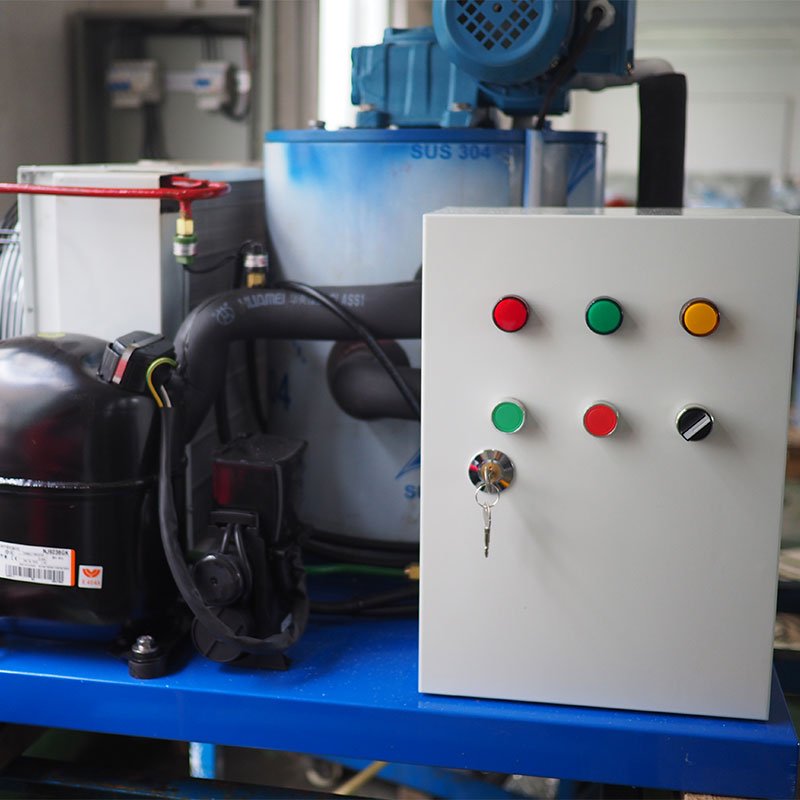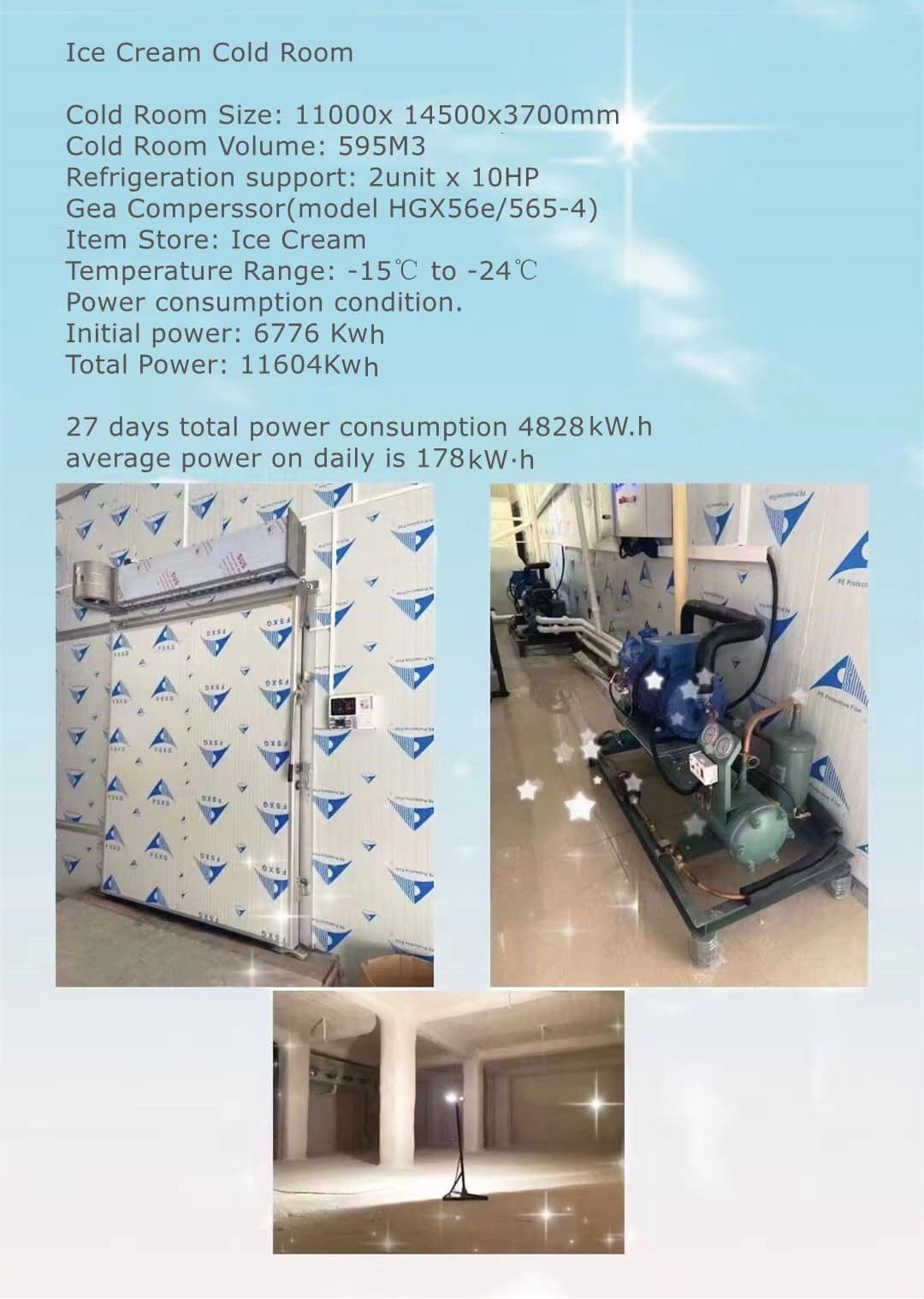Another name for vaporizers used in cooling systems is the evaporator. Also called carburetor cooling coil. The vaporizer is the part where the coolant enters the cooling system in the form of liquid, evaporates, and appears in the form of gas. The coolant enters the channel of the evaporator, absorbs the heat of the cooling substance or environment, and begins to boil and evaporate while absorbing the heat of the environment. As a result of the process, the evaporator is cooled, which is the general purpose of the entire system. Our company provides industrial ice machine.
What is the type of evaporator?
In order to meet the needs of users, various types of evaporators have been developed. The most commonly used are evaporators with blowers, serpentines (with fans), or forced convection. The pipe system without joints is placed between two metal plates, which are welded to each other from their edges. Cooling is achieved by creating a vacuum in the gap between the metal plates. These plates are grouped and used to create a series of flow mode coolers mounted on a shelf.

What is the purpose of the evaporator?
Evaporators and plates are usually used where needed, such as where small refrigerators are used in mass production, freezer and soda sources. Plate evaporators can also establish low-temperature storage areas in groups or stacks. According to the needs of users, this type of coolant pipe can be installed in series or in parallel. In addition, the plate evaporator can be used in refrigerated shops for trucks and ships, and it can also be used to store cooled and frozen food products.
Serpentine with the bare pipe is small evaporators using copper pipes. Serpentine with bare pipe can be used to cool air or any liquid. In systems that use ammonia as a cooler or large evaporator with other types of coolers, steel pipes are used for the evaporator. The thin air layer, like an insulator, first slows down the heat transfer process based on the surface area and temperature difference and then sticks to the serpentine surface. One way to overcome or balance the transmission loss caused by the thin air layer is to increase the surface area. A winglet is added to the evaporator tube for this. Adding a winglet did not eliminate the air layer, or even increase the bonding area, but provided more surface area during the heat transfer process without increasing the size of the serpentine. Another way to prevent the heat transfer loss caused by the air film is to add a fan or blower to ensure that the air moves quickly along the evaporator. This type of evaporator is a forced cooling evaporator. Depending on the design and use of serpentine, the fan moves along the air serpentine or forces air circulation. Using a fan can increase airflow and heat transfer from the air to the cooler in the serpentine. Because a large amount of air will produce serpentine on the surface area in contact with the air. Many serpentine manufacturers have designed heat transfer units in the form of fuzzy pipes. Therefore, with the use of the blower, more air volume will contact the surface of the pipe or the winglet connected to the pipe. Due to the forced or induced movement of the airflow in the serpentine, within a certain period of time, more air heat will be left in the cooler in the serpentine. The liquid-cooled serpentine is the same as the air-cooled serpentine, and it is designed in different forms according to its use and application field. Since the heat transfer between liquid and metal is greater than that between air and metal, under the same conditions, the heat absorbed by underwater serpentine is several times that of air-cooled serpentine.
The above information is provided by flake ice plant factory.
 build a 600M3 cold room to store ice cream
build a 600M3 cold room to store ice cream
 Turnkey refrigeration system container blast free...
Turnkey refrigeration system container blast free...